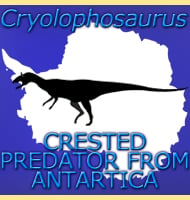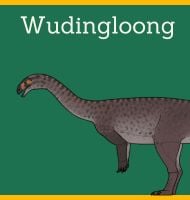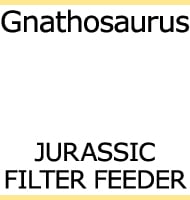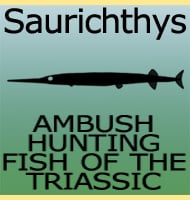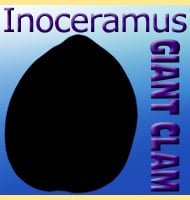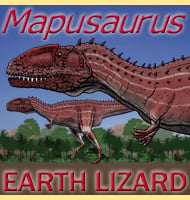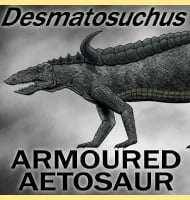In Depth
Out of all the creodonts Machaeroides is one of the most unique since it possess enlarged canine teeth similar to the sabre teeth that are commonly associated with the sabre-toothed cats of the Pliocene/Pleistocene eras. The presence of Machaeroides in North America is a clear indication that the creodonts were adapting to fulfil various different niches. So far Machaeroides fossils are only known from the earlier stages of the Eocene, and disappear before the appearance of the nimravids, another group of mammals noted for having sabre-teeth.
As a predator, Machaeroides probably relied upon ambush tactics to hunt and kill prey. The landscapes of the early Eocene were covered by scrub and forest, meaning that there were endless opportunities for setting up ambush points. In addition to these landscapes, Machaeroides like other creodonts had proportionately short legs with plantigrade feet, and arrangement perfect for sudden bursts of acceleration, but features that also limited top speed. There has been some debate however over how Machaeroides was related to other creodonts with the genus usually being attributed either to Hyaenodontidae or Oxyaenidae.
Because of the ‘sabre-teeth’ and the similarity in name, caution should be used not to confuse the creodont Machaeroides with the actual sabre-toothed cat Machairodus.
Further Reading
The Carnivora and Insectivora of the Bridger Basin, middle Eocene. Memoirs of the AMNH ; v. 9, pt. 6, Matthew, William Diller.

